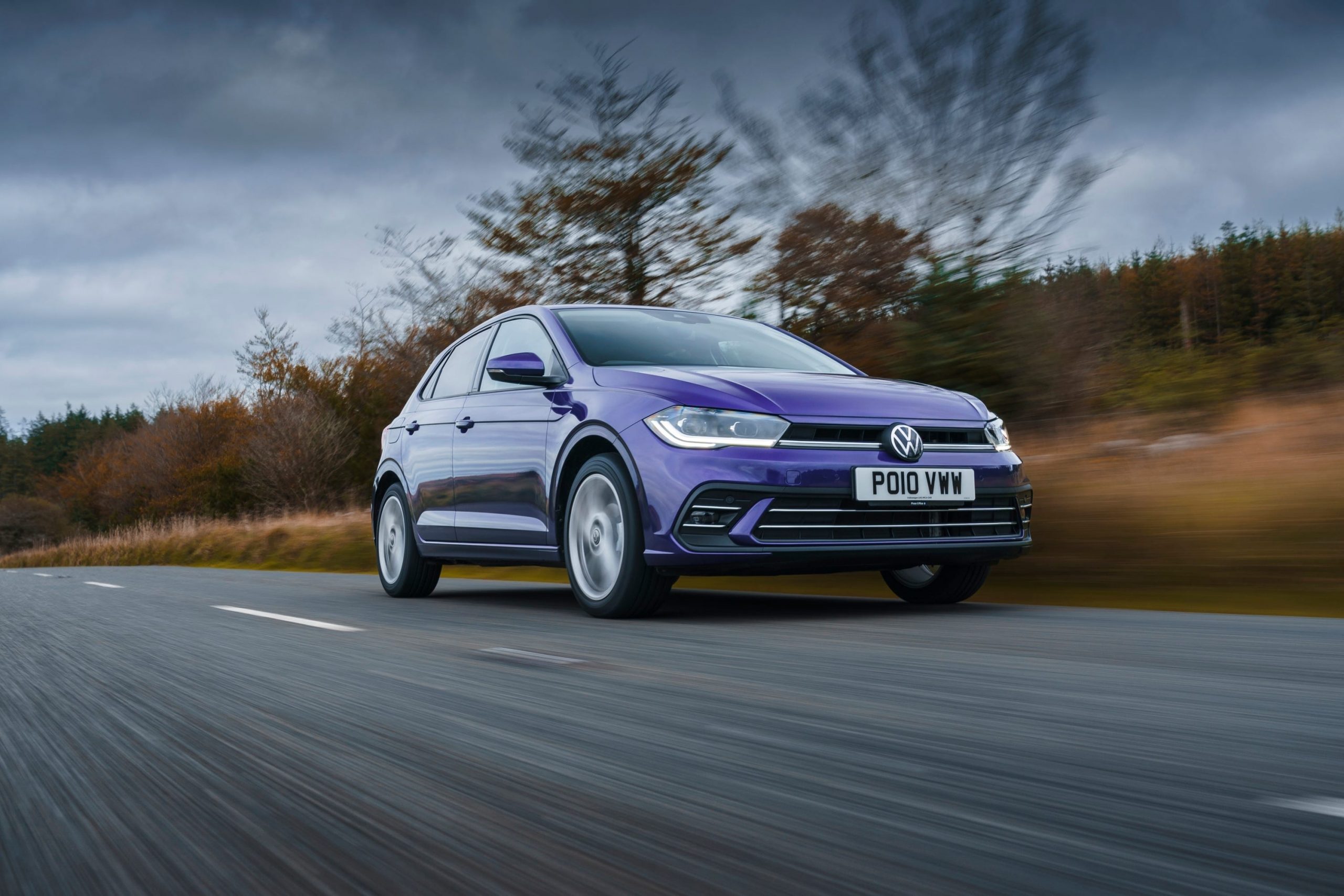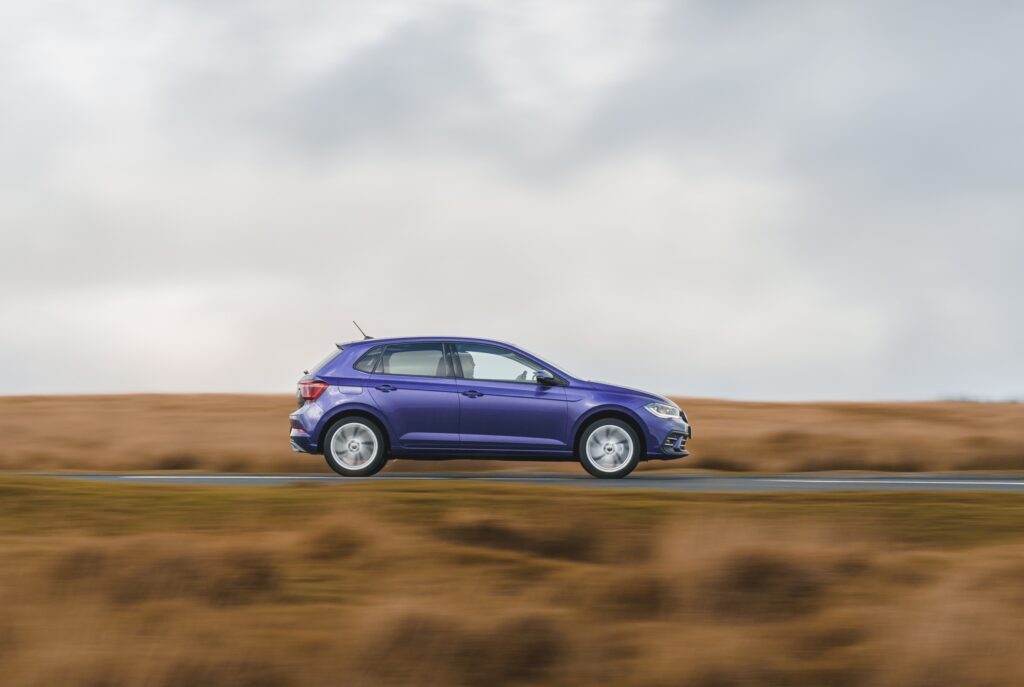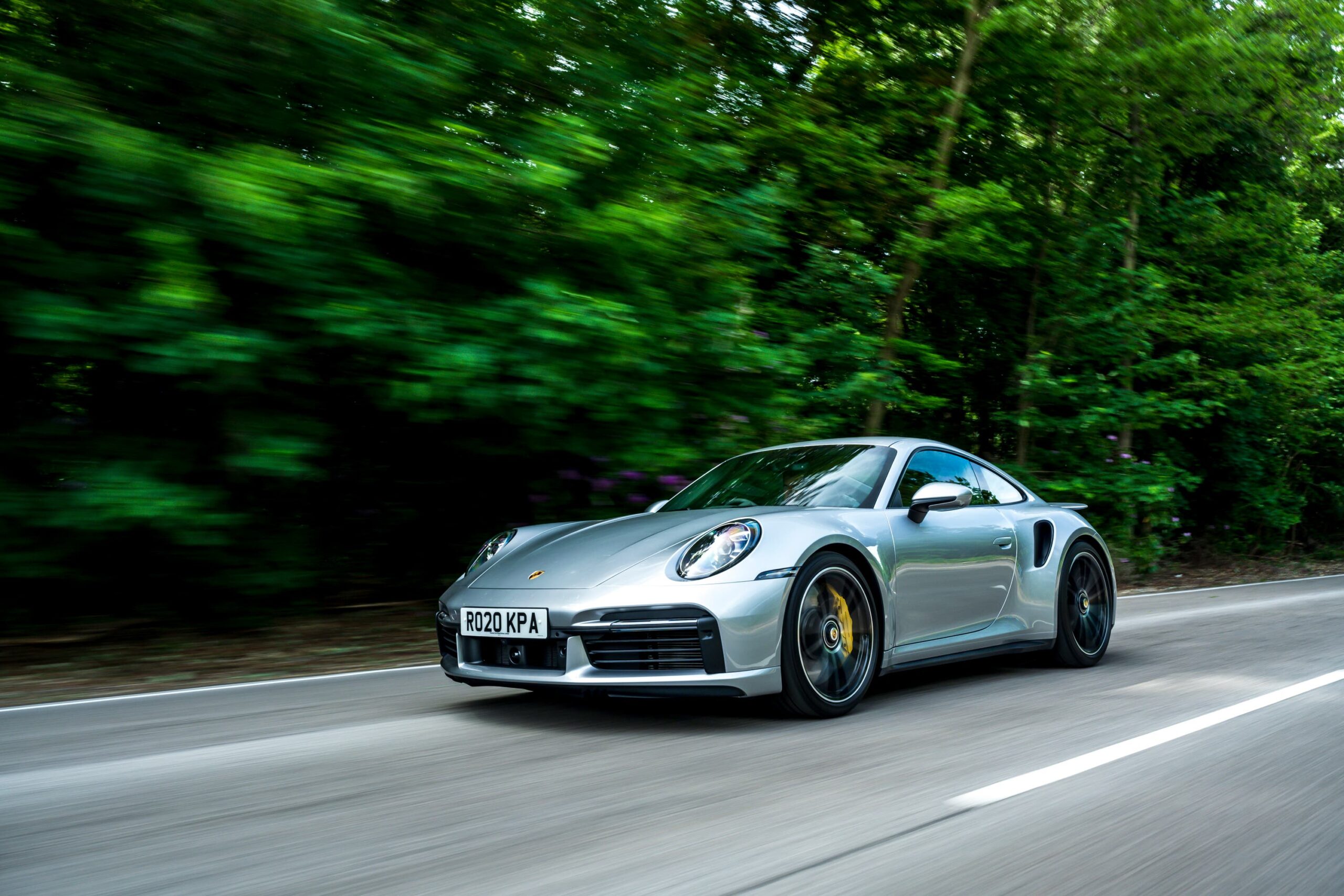TED WELFORD finds out what difference Volkswagen’s tweaks have made.
While buyers might be flocking to crossovers and SUVs at a ridiculous rate, there’s still a lot to be said for more sensible superminis. For years these were the bread and butter option and while the market may have changed, these models continue to top the car sales charts, including the likes of the Ford Fiesta, Vauxhall Corsa and Volkswagen Polo.
It’s the latter car we’re interested in here, which is a massively important car for VW – what with 18 million versions being produced since 1975. With the sixth-generation Polo arriving in 2017, it was due a slight refresh to keep it up-to-date with newer rivals like the Renault Clio and Toyota Yaris. But is this new car good enough to compete with the best?
Volkswagen is better known for evolution than it is revolution, and this latest Polo is a rather subtle update, to say the least. Design changes include new standard-fit LED headlights, and tweaked styling at the front and rear to give the Polo a slightly more aggressive look, and bring it closer to that of the new Golf.

Inside, there’s a new digital instrument cluster that is found on every Polo, regardless of trim, while additional safety kit is available – including a new predictive adaptive cruise control and Matrix LED headlights, which are particularly advanced for a car of this size. Finally, VW has chopped and changed all the trim levels in-line with all its latest models.
With the exception of the GTI hot hatch, all new Polos use a 1.0-litre petrol engine. It’s also yet to feature any kind of electrification, too. A naturally-aspirated entry-level 79bhp model is great for first drivers, but rather slow for anyone else. It’s followed by a turbocharged unit, which is available with outputs of 94bhp or 108bhp.
Our test car is the middle option, and gets a choice of a five-speed manual or seven-speed DSG automatic transmission – we’re trying the latter here. It’s able to accelerate to 60mph in 11.1 seconds, while flat out it would hit 116mph. In terms of running costs, all Polos should be cheap to keep going, with this version returning a claimed 51.2mpg, along with CO2 emissions of 125g/km.

The demands placed on small cars like the Polo these days are exceptional, and an average drive just won’t cut it. But the Polo is a superb all-rounder behind the wheel, with its stand-out factor being its brilliant refinement. Even at higher speeds, it’s exceptionally hushed, while standard-fit adaptive cruise control (with the exception of the 79bhp engine) makes it fantastic on longer motorway runs. Our test car’s relatively small alloy wheels also allowed for a particularly comfortable ride, while should you find yourself on a twisty stretch of tarmac, it feels nimble and agile.
This 94bhp engine is also a great match for the Polo. Its performance will never wow, but there’s plenty of punch there for safe overtakes. The DSG automatic is the only real weakness, having a real hesitancy at slower speeds, which isn’t great when trying to join a roundabout or get out of a junction. Flicking the gearbox into the ‘Sport’ setting does help to improve things, though.
Volkswagen hasn’t messed too much with the Polo’s design, but the subtle changes are welcome and keep it looking fresh. Old-fashioned halogen headlights are no more, and in place are new full LED units – and you get LEDs at the rear, too. In fact, looking at the lights at the back is one of the easiest ways to tell if the Polo is ‘new’, as they’re now wider, and run into the boot lid as well.

Meanwhile at the front, it gets a slightly more aggressive design thanks to new diagonal air inlets. You can take things up a further notch too by choosing the R-Line, or indeed the full-fat GTI if you want the performance to go with the racier looks.
Given the outgoing Polo already had one of the best interiors in its class, you can’t exactly blame Volkswagen for only making a few small alterations. The main change is the addition of digital dials – previously only available as a pricey option, they’re now fitted as standard across the range, and help to modernise the cabin. It’s generally a very smart interior, though there are some rather low-rent plastics on the door cards and the air-con controls look a bit old-fashioned by today’s standards.
One big plus point for the Polo, though, is its interior space. The boot measures a generous 351 litres (only 29 behind than the Golf), while a height-adjustable floor really improves everyday usability. There’s also a decent amount of space in the rear seats by class standards and more than enough for a small family.

Previously the Polo was available in trim levels called SE/Match and SEL, but these have now been swapped for Life and Style, mirroring Volkswagen’s latest naming structure.
Even as standard the Life gets a generous amount of kit, such as LED lights, a fantastic eight-inch touchscreen with wireless Apple CarPlay and Android Auto and electric folding mirrors. Jump up to the Style to get more advanced Matrix LED headlights, along with satellite navigation, 16-inch alloy wheels and front and rear parking sensors. Meanwhile at the top of the standard Polo range, the R-Line brings a sportier styling kit, part-microfibre sports seats and dual-zone climate control.
Volkswagen hasn’t made a huge range of tweaks on its Polo, but the ones that have been made are welcome as it now looks sharper, gets more technology and is far better equipped than before.
While the Polo is one of the priciest options in the supermini class, its combination of quality, refinement and space is one rarely found on a car as compact as this. It really makes you question the need to upgrade to the class above, as it feels more Golf-like than ever, which is most certainly a compliment.












